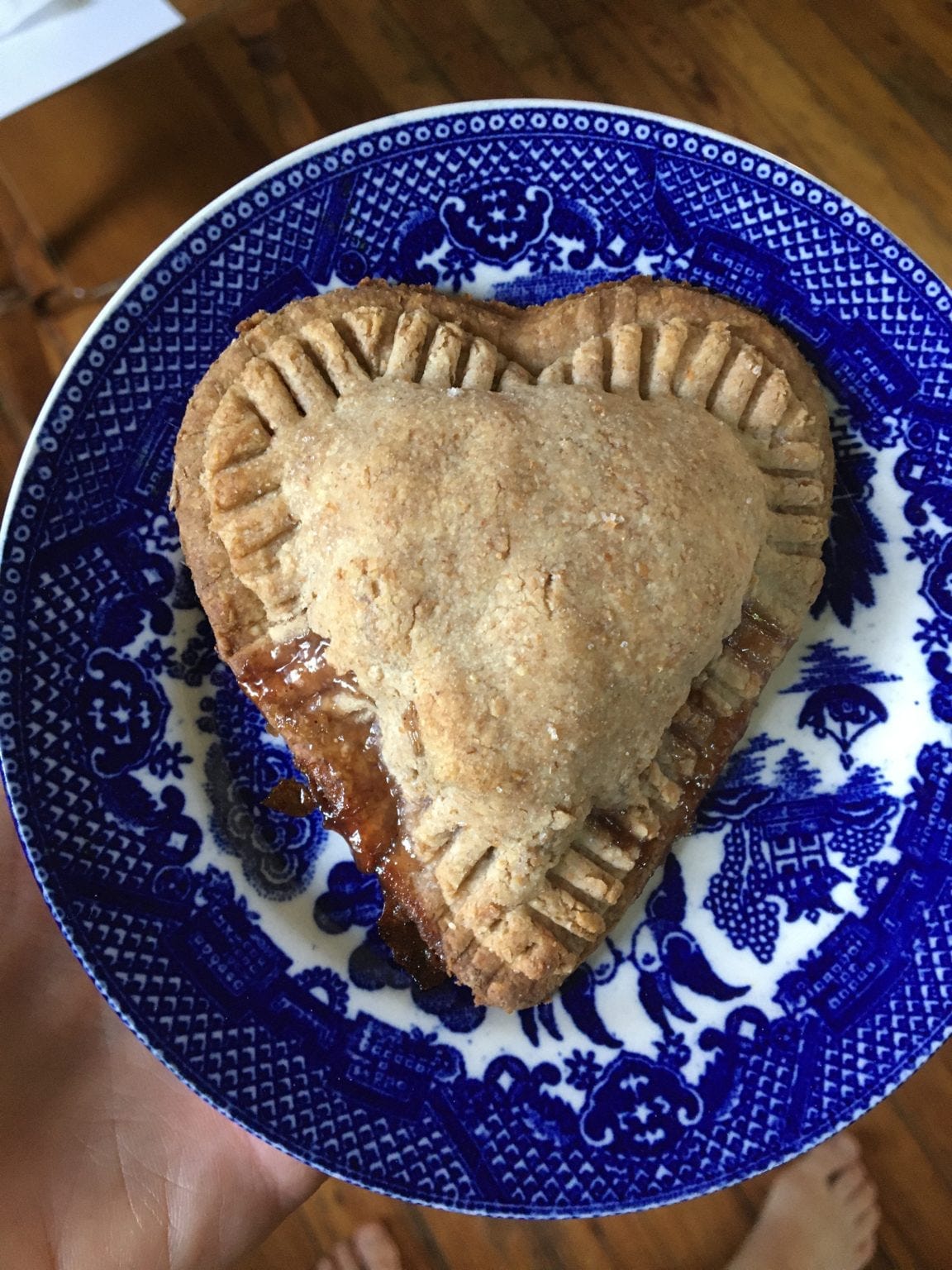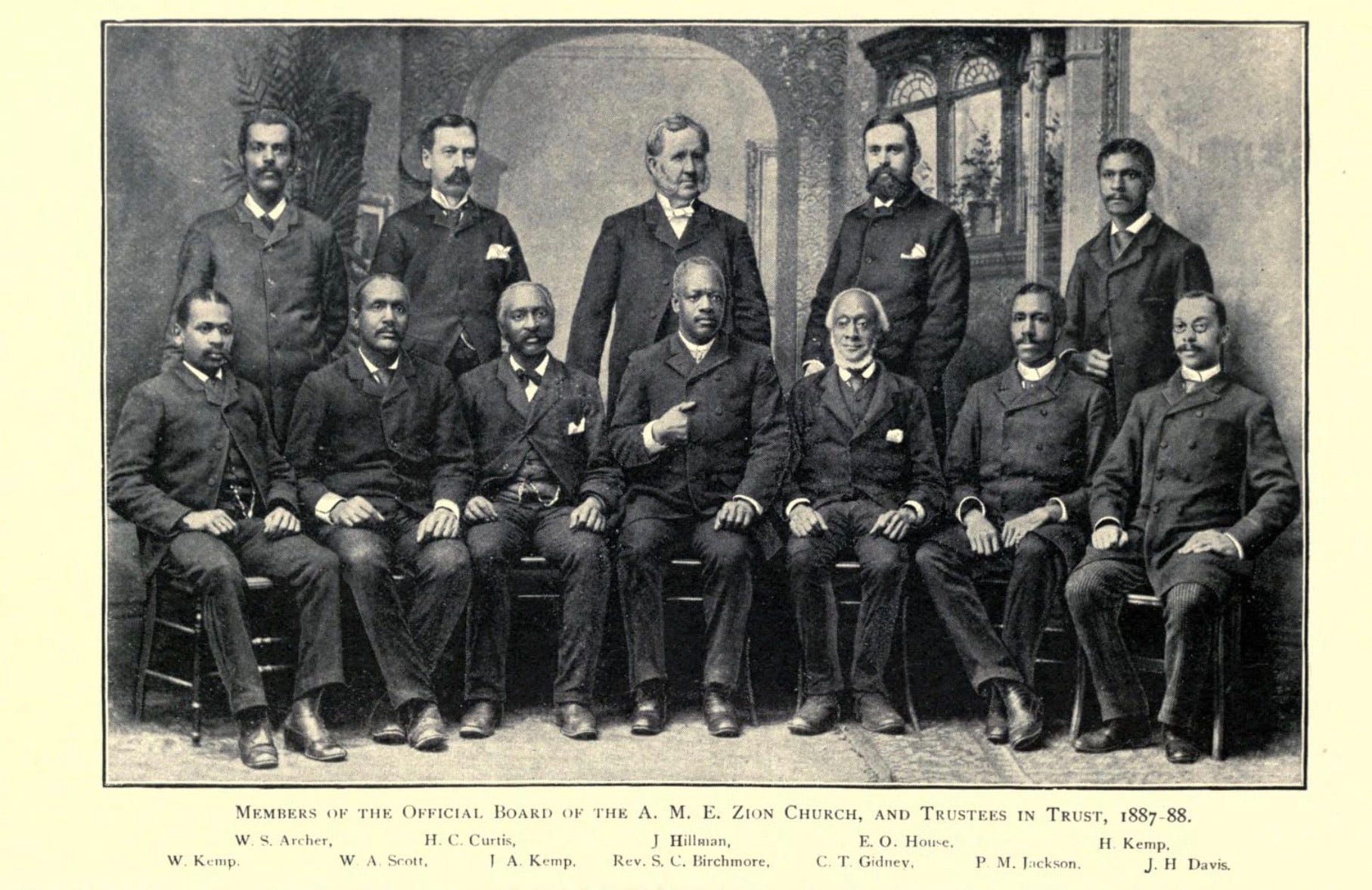A Secret Man of Pi
A Pi(e) Day Guest Post from Amy Halloran

Table of Contents
Today is 3/14, or Pi Day, and to mark it, I have a guest post from my friend Amy Halloran, who in the course of her work, rediscovered the little-known story of Charles Gidney, a Black man from her hometown of Troy, NY, who helped solve the mystery of the relationship between the circumference of a circle and its radius. Though today is Tuesday, it’s a story I am happy to share here at Wordloaf.
—Andrew
A Secret Man of Pi

Pie. I love the idea of it as much as I love stretching a skin of pastry around fillings savory or sweet. This food is a hug, and today we celebrate the infinity of numbers it can hold. Pi Day!
I learned Pi in 5th grade math and the formula stumped me: How could a solution be abstract, not exact? Now, 40 years later, I have other Pi questions: Namely, why didn’t I know that a person who worked to solve this puzzle lived near me in the 1800s?
Charles Gidney lived in Troy, New York, and on October 20, 1877, a local paper reported his discovery. The New York Times reprinted some of the information two days later, dubbing the paragraph, "A Negro Mathematician's Claim":
The Troy Times of Saturday says: "A colored man named Gidney, residing on North Third Street, below Jacob, claims to have discovered the true and exact ratio between the diameter and circumference of a circle. According to the accepted rule, with the diameter or circumference alone given, the other cannot be exactly told. The ratio is 3.14159 plus, or as commonly used, 3.1416 plus. Mr. Gidney claims that by an algebraic calculation he has discovered the exact ratio, and he has in preparation a book on the subject which he intends shortly to publish. The demonstration of this discovery is now receiving the attention of competent mathematicians, and whether it amounts to anything or not will soon be determined. Mr. Gidney possesses little or no education except in mathematics, and in this branch it is said he is able to solve most difficult problems."
150 years ago, this man lived almost in my neighborhood. There’s no evidence of his book having been published, but this story carried to a few other papers, as well. Much as I once loved math, I found these regional connections to Pi sideways. I’ve been investigating the Draft Riots of 1863, when violence erupted in Northeast cities as white workers feared that enslaved people, once freed, would take their jobs.
New York City’s melee was extreme. During five days of destruction, the official death toll was 120, but estimates range to ten times that figure. Troy’s mob started as a march of 400 iron workers that swelled to 2000 strong, ransacking the newspaper that supported the war. They threatened the Liberty Street Presbyterian Church, a center of African-American abolition efforts. Accounts say one man was badly beaten, and probably there were more.
The single voice of how frightened Troy’s free Black residents felt during this time is Charles Gidney’s. Our historical society holds a letter he wrote to the mayor, begging him to calm the rioters and make the city safer. His pleas are what made me know of him, and I’m amazed to learn that he survived this terror, and contributed positively to his community, and to the broader understanding of Pi.
Historian Christine Cooper-Rompato made a careful study of Gidney (also known by other spellings in public records) and published her findings in 2014. She frames the work of solving for Pi as an effort that attracted many amateurs, something that’s hard to conjure in modern context. She asks questions about how he learned and practiced math. Did he intersect with professionals in the field at Troy’s institutions, Rensselaer Polytechnic Institute or the Troy University? How did this person, who is identified as a whitewasher (painter) learn math at all?
Did Gidiney use his calculations as a way to balance what must have been the enormous stresses and concerns of his everyday life? Were his mathematical calculations a way to transcend the temporal to allow him to focus on the mathematical eternal, of showing his equal intellectual footing with educated white elites who were also occupied with the problem? As Gidiney bravely exposed himself to the media and allowed his work to be submitted to the scrutiny of "competent mathematicians" (i.e. white academics), he was making a strong political statement that African Americans could and should participate in longstanding academic debates.
We want history to be made of heroes, generally white men, who made significant leaps that we can applaud. In reality, though, we have to thank many many more than this mindset allows. This man, and his story, should fit in our tales of Pi, and inside our luscious slices. Keep Charles Gidney in mind, today, okay?
To learn more:
The brief New York Times article on Gidney is accessible at the TimesMachine: October 22, 1877 - NYTimes.com
Read Christine Cooper-Rompato’s article in full at A Forgotten African American Mathematician: Charles T. Gidiney of Troy, New York. - Free Online Library (thefreelibrary.com)
The Draft Riots are covered in many books, lectures and articles. Leslie M. Harris’ book In the Shadow of Slavery: African Americans in New York City, 1626-1863 includes a view of the July 1863 brutalities in New York City; read that excerpt here.
Many thanks to my friend Marci Nelligan, a poet and fellow Trojan who led me to dig into Charles Gidney’s life.
wordloaf Newsletter
Join the newsletter to receive the latest updates in your inbox.




